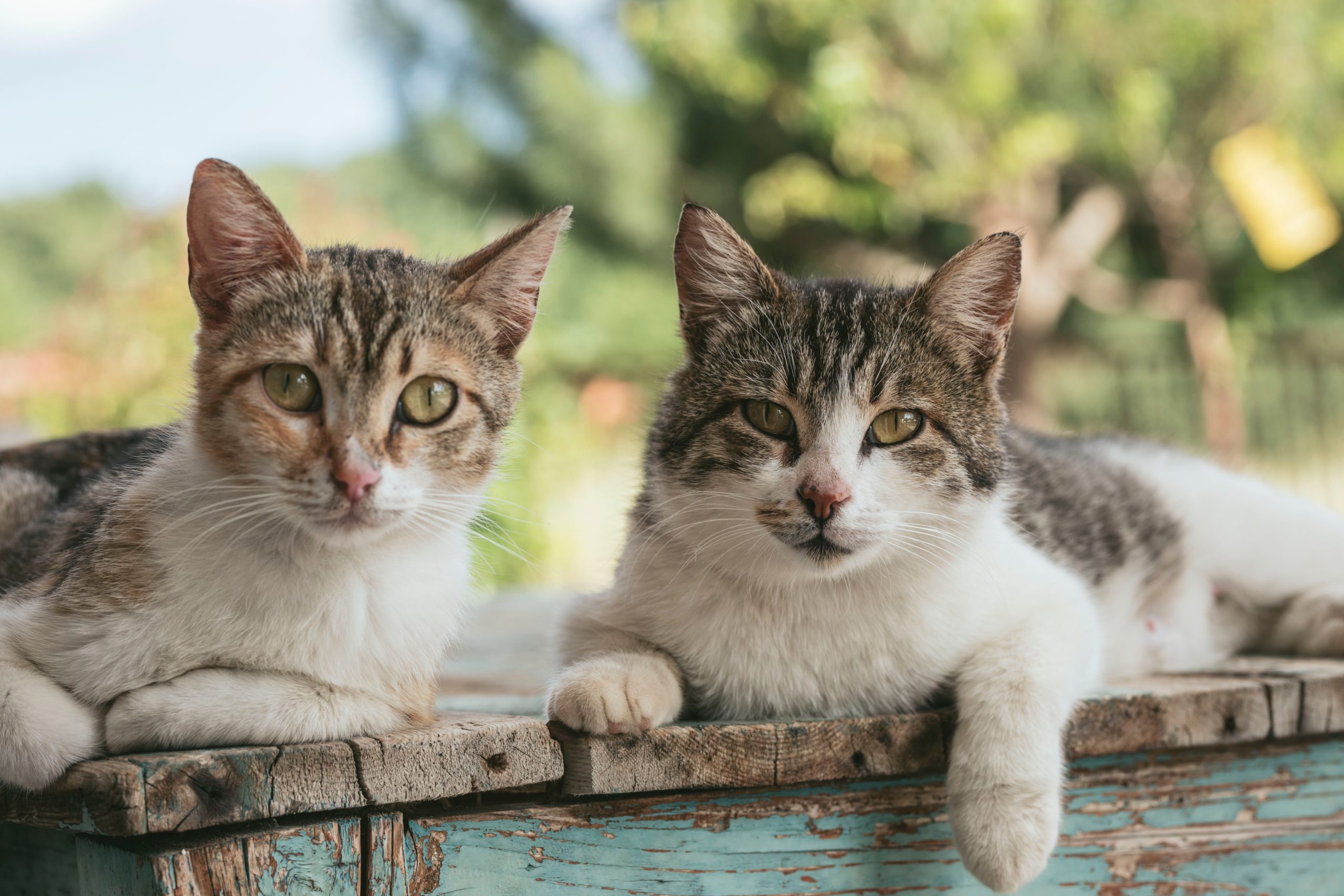In this article, guest contributor Molly Brown shares her tips on cat meowing.
Cat meowing is your cat’s primary language. They do it for a variety of reasons, and sometimes it can be hard to discover the meaning behind your cats meow. The first rule of thumb here is that our cats do not meow to one another, but have developed meows purely to communicate with people.

What is my cat trying to tell me?
Understanding what your cat is trying to say is an important part of your relationship with your cat, as an owner or a sitter. You can begin to recognise their communication techniques, and eventually understand what their meows mean. This will help in ensuring that your cat is happy.
The only time a cat will meow to another is between her mother and her kittens. This is how kittens get their mother’s attention. However, as your furry friends enter adulthood, this will stop.
Why cats meow
The reason behind meowing will change as our felines grow. Kittens communicate with their mothers to express hunger or fear. Fully grown cats may hiss or growl at one another to communicate. However, by this point meowing will purely be exercised to communicate with you.
Some cats may meow more than others naturally, which is akin to the differences in people’s sociability. If you have an oriental breed, these cats are more likely to be a chatterbox so increased cat meowing is to be expected!
What different meows mean
There are numerous types of cat meowing sounds that can come from a cat, varying in pitch, length and volume.
- Short, high pitched meows tend to signal a standard greeting like ‘hello’
- A long, drawn out meow (slightly lower in pitch) is more likely to be a demand for something
- A very low pitch ‘mrrow’ can signal a complaint of something, like an empty water or food bowl
- Pleasant sounding meows, mid-pitch, are usually requests for attention from you
- Unpleasant meowing may be expressing annoyance
- Purrs are likely to signal contentedness
As ‘cat people’ you are much more likely to notice these subtle differences in your cats tone and language than someone else might.
There are complex differences from cat to cat, much like how humans develop their own tone of voice, so your understanding should be developed over time.
Excessive meowing
If you feel your cat is excessively meowing, this could indicate that your cat has learnt this will get them what they want. Some may be attention seeking and wanting you to play or pet them. It is important to set boundaries here and ignore their cries unless something important is needed. Rewarding them with attention when they’re quiet can reinforce that change is needed.
If you have one cat and a busy schedule, meowing could indicate loneliness. In this situation, it is important to consider ways to enrich your cats life, or consider getting a cat sitter for long days away.
In other instances, excessive meowing could be a sign of illness. If you’re concerned at all, checking with your veterinarian is your best call. For other tips on why excessive meowing might be occurring.

Work, family and social commitments mean that there often aren’t enough hours in the day to give our pets the attention that they deserve. Click here to find out how Tailster can put you in contact with hundreds of pet carers in your local area, meaning that you can rest in the knowledge that your pets are being well looked after.